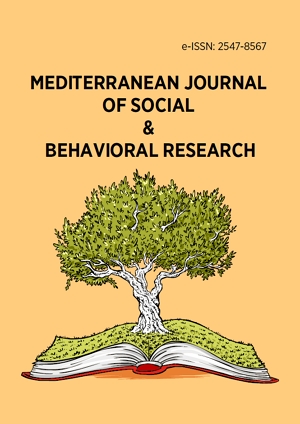Abstract
During the spike of the global health crisis, literature has conceived pandemic pedagogy in a broad sense of meaning based on pedagogical assumptions. Few studies explore the conceptualizations of students regarding pandemic pedagogy. Based on state university students’ reflections and insights during emergency remote learning, this study examined pandemic pedagogy through the content analysis of 37 learning modules. The student teachers conceptualize pandemic pedagogy as encompassing six approaches to mitigate learning during emergency remote education in the context of the Philippines. Pandemic pedagogy encapsulates the pedagogical concepts of personalized learning, human centered pedagogy, pedagogy of care, active learning pedagogy, game-based learning, and contextualized online pedagogy. Through a better understanding of how students choose to learn, teachers can improve online course plans to sustain students’ engagement in emergency online or remote learning.
License
This is an open access article distributed under the Creative Commons Attribution License which permits unrestricted use, distribution, and reproduction in any medium, provided the original work is properly cited.
Article Type: Research Article
MEDITERR J SOC BEH RES, Volume 7, Issue 3, October 2023, 177-182
https://doi.org/10.30935/mjosbr/13403
Publication date: 01 Oct 2023
Online publication date: 18 Jun 2023
Article Views: 2486
Article Downloads: 1008
Open Access References How to cite this article
 Full Text (PDF)
Full Text (PDF)